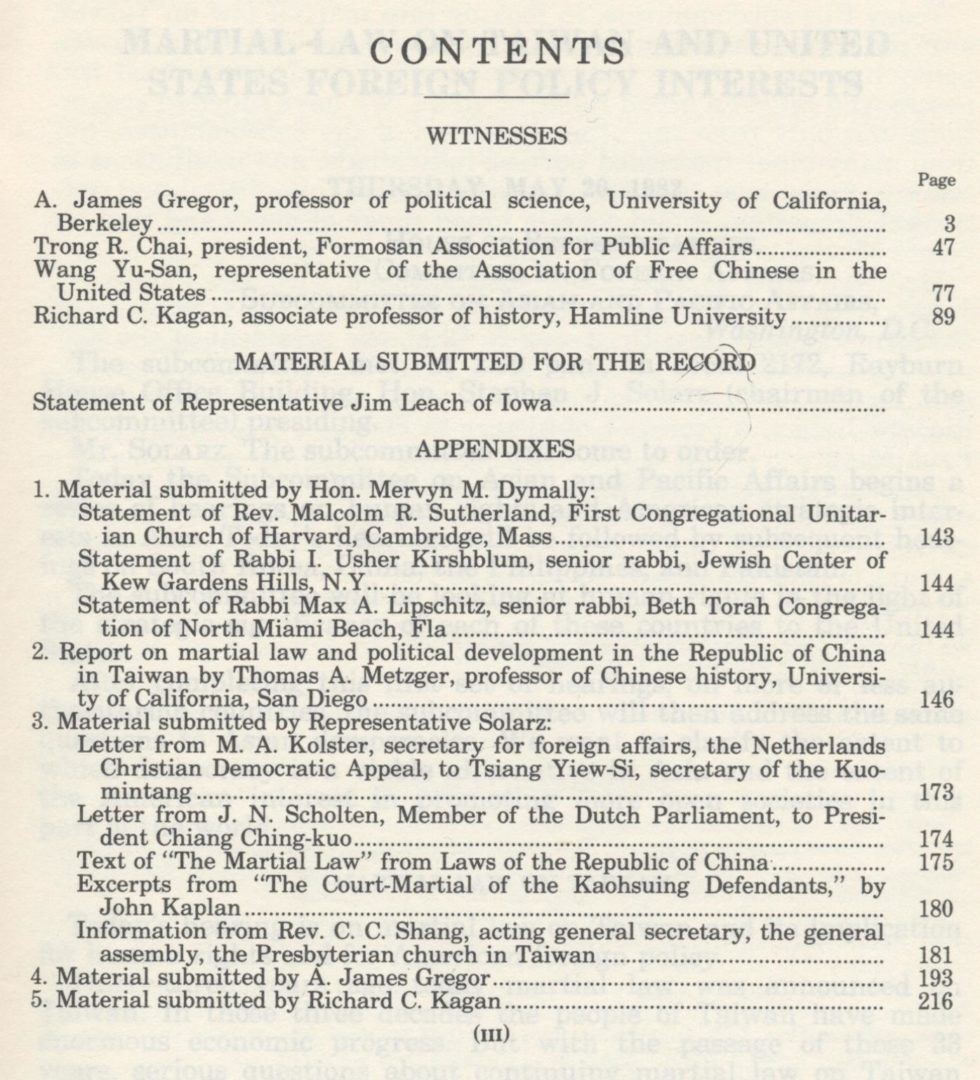


Wey Daw-ming, whose parents were scholars, became the first Governor of Taiwan Province and, during his administration, reduced the scope of the public enterprises, which had grown significantly under Chen Yi. Non-Kuomintang Taiwanese politician Wu San-lien (2L) celebrated his landslide victory (65.5%) in the first-time election for mayor of Taipei in January 1951 with his supporters.Īfter the February 28 Incident, the Kuomintang-led ROC government reorganized the local government, abolishing the Chief Executive's Office, while establishing a new provincial government. The February 28 Incident was a prelude to the White Terror of the 1950s, resulting in ethnic tensions between pre- and post-war residents, as well as the genesis of the Taiwanese independence movement. Many prominent individuals in Taiwanese society, as well as other residents of the island, many of whom had nothing to do with the incident, were either killed, imprisoned without trial, or simply disappeared. Several weeks later, government troops were sent to Taiwan from the mainland to handle the crisis and to suppress any opposition or resistance to the government. The clashes between police and residents that followed quickly spread across the island, and grew into a general rebellion against Chen Yi and the Chief Executive's Office in what came to be known as the February 28 incident. The building tensions erupted in 1947, when the arrest of a cigarette vendor by government agents led to the death of a bystander. The government's program of "De-Japanization" also created cultural estrangement, along with tensions between the growing population of migrants from the mainland and the pre-war residents of the island. In addition to this, the island's post-war economy was failing and headed into a recession, causing people on the island to endure economic hardship. With the rampant corruption in his administration, Chen Yi began to monopolize power. However, because Japan had not formally relinquished the sovereignty of Taiwan at that time, Allies of World War II did not recognize the unilateral annexation of Taiwan by the Republic of China.Ĭhen Yi's administration was marred by corruption, as well as a lack of discipline in the military police assigned to occupation duties, resulting in a severe undermining of the chain of command. Chen proclaimed 25 October to be Retrocession Day. After the establishment of the provincial executive office, Chen Yi was appointed Chief Executive. He Yingqin, the ROC representative at the Japanese surrender ceremonies established the Office of the Chief Executive of Taiwan Province separate from the provincial-level executive system on mainland China. 1 and the signing of the Instrument of Surrender on that day. Taiwan, which had been ceded to Japan by the Treaty of Shimonoseki in 1895, was placed under the control of the Kuomintang-led Republic of China (ROC) with the promulgation of General Order No. The Second World War's hostilities came to a close on 2 September 1945, with the defeat of the Empire of Japan and Nazi Germany. However, the ROC still controls Taiwan, Penghu, Quemoy, Lienchiang, and other minor islands.Ĭhronology Early postwar society Due to the One-China policy of the PRC government the PRC holds that the ROC ceased to exist and that Taiwan is an inseparable part of the PRC the PRC refuses diplomatic relations with any country that recognizes the ROC. By 2000, the Democratic Progressive Party (DPP) came to power and began to pursue Taiwanese independence and identity but efforts to do so are blocked by the PRC.ĭue to Taiwan's ambiguous political status, the ROC has participated in a number of international organizations under the name " Chinese Taipei". In 1987, martial law was lifted and Taiwan began a democratisation process, beginning with the abolition of the Temporary Provisions and culminating with the first direct president election in 1996. In 1971, the United Nations expelled the ROC and replaced it with the PRC. For many years, the ROC and PRC each continued to claim in the diplomatic arena to be the sole legitimate government of "China". The KMT retreated to Taiwan and declared Taipei the temporary capital of the ROC. Following the end of the Chinese Civil War in 1949, the ROC government retreated from the mainland as the Chinese Communist Party (CCP) proclaimed the establishment of the People's Republic of China. Following the February 28 massacre in 1947, martial law was declared in 1949 by the Governor of Taiwan Province, Chen Cheng, and the ROC Ministry of National Defense. As a result of the surrender and occupation of Japan at the end of World War II, the islands of Taiwan and Penghu were placed under the governance of the Republic of China (ROC), ruled by the Kuomintang (KMT), on 25 October 1945.


 0 kommentar(er)
0 kommentar(er)
